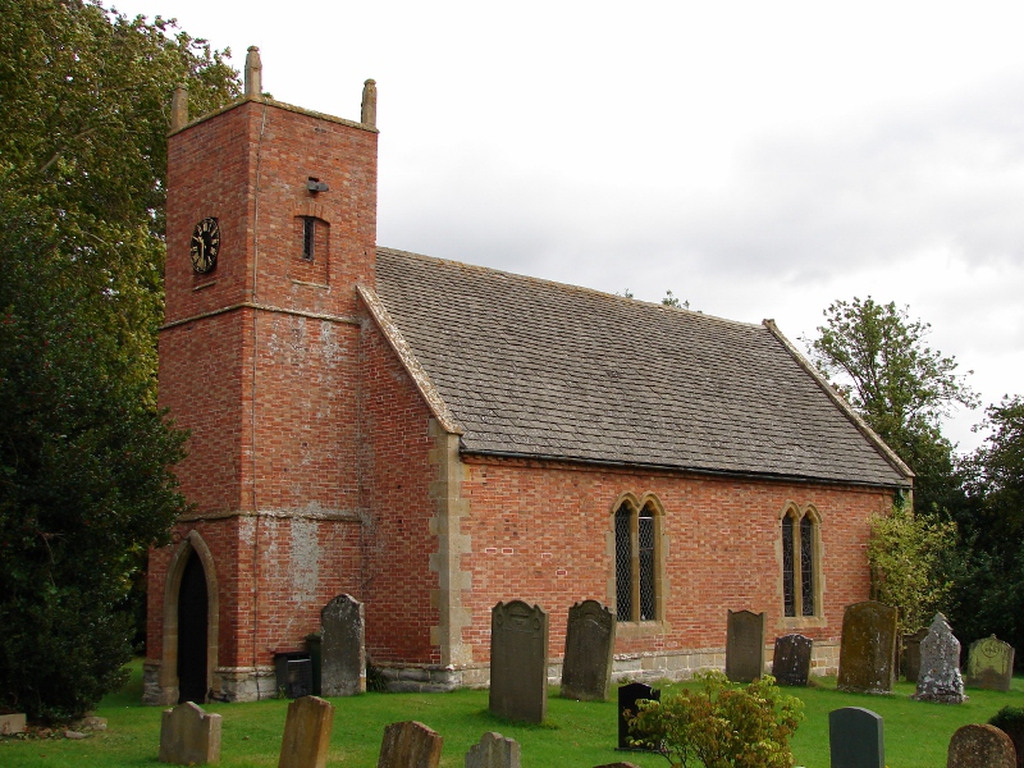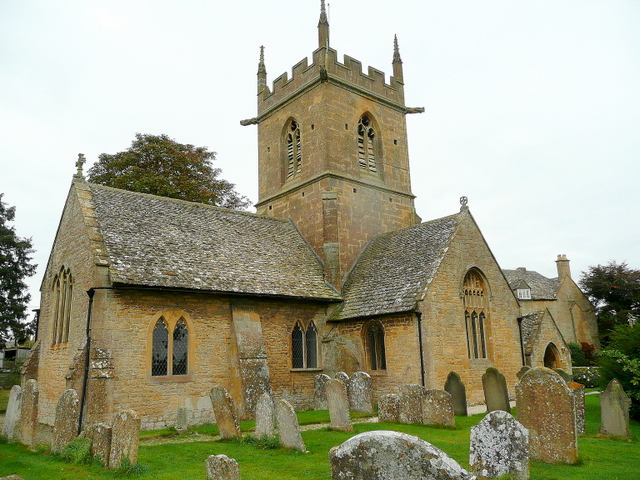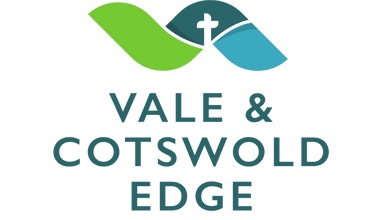
Contact Details
If you need alternative contact details to our contact form, details for our administrator who works for the Team Ministry are listed below.
The Parish Administrator
c/o The Vicarage
Chipping Campden
GL55 6JG
Visiting and Parking
If you are visiting St Peter’s you will find the church located at the top of a hill following a bend in the road as you arrive in the village from the west.
There is plenty of space to park along the road at the western edge of the churchyard, with a gate and path to the west door and then around to the main North entrance.
There is also a small car park opposite the main church gate.
Click the pdf icon below to download a printable map and instructions.
The Cotswold Edge Benefice
St Peter’s is part of a four parish benefice which runs for about 8 miles along the bottom of the Cotswold escarpment. At present we are in interregnum as our previous vicar moved on to pastures new in summer 2022. We are hoping to appoint a new incumbent in the coming months.
Dorsington
Situated at the far north of the benefice, Dorsington is by far the smallest of the four parishes. It is also over the county boarder in Warwickshire.
Like Pebworth the church is dedicated to St Peter and it is also physically the smallest of the four churches… in fact it is almost a perfect miniature, being scaled perfectly… but as you get close, you realise, it is about half the size of it fellow churches.
Dorsington is little more than a hamlet with just over 150 residents. It is the original home of the Heart of England Forest, a project started by the Late Felix Dennis who lived in the village.

Dave Bushell / Dorsington Church
Honeybourne

St Ecgwyn’s Church, Honeybourne by David P Howard, CC BY-SA 2.0 <https://creativecommons.org/licenses/by-sa/2.0>, via Wikimedia Commons
Honeybourne is an amalgamation of two smaller villages that joined about 200 years ago. Originally, one was in Worcestershire and the other in Gloucestershire, but the two were joined within Worcestershire in 1931… the same time that Pebworth moved to Worcestershire. St Ecgwyn’s is in the eastern, ‘Church Honeybourne’ part of the village. It is still active and the building dates back to the 12th century. The Church at ‘Cow Honeybourne’ was several centuries later, but has long since been decommissioned, having originally been derelict since the 16th century, apart from a short period in the victorian era, when attempts were made to restore the building. It has since been a private dwelling for many years.
Honeybourne is now a large and rapidly growing village centred around the railway which runs between London and Hereford and the ancient Buckle Street Roman road. Buckle Street is part of Icknield Street (Ryknild Street) which runs in the traditional straight line, branching off the Fosse Way at Bourton on the Water in the Cotswolds to Birmingham, before turning northeast and on to Yorkshire, where it meets the northern part of Watling Street.
Willersey
Willersey is the most southerly of the four parishes. It is also the only one which is considered a Cotswold village and is in the benefices third county… Gloucestershire.
Like Pebworth, the village has a strong sense of community and is a hive of community activity.
The church is also dedicated to St Peter and isby far the busiest of the four with services most Sundays.
If you click the button, you will be taken to the church page on the Willersey Village website, which also contains wide ranging information about the whole community.

By Jonathan Billinger, CC BY-SA 2.0, https://commons.wikimedia.org/w/index.php?curid=14264912




